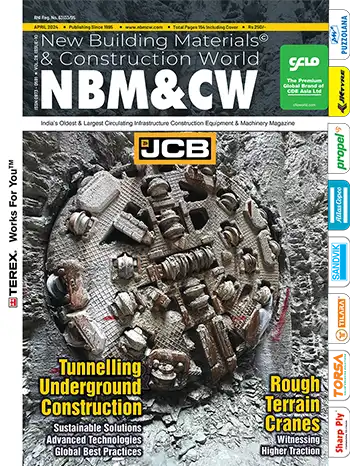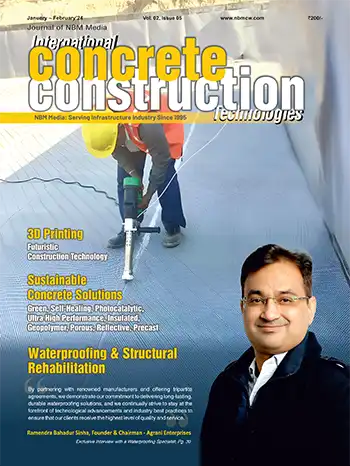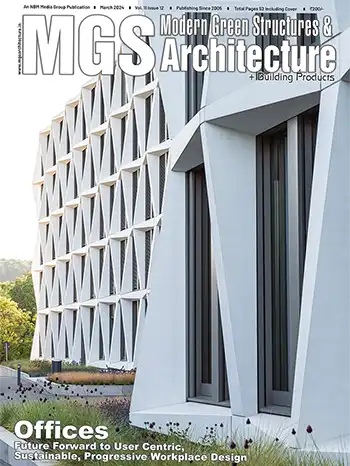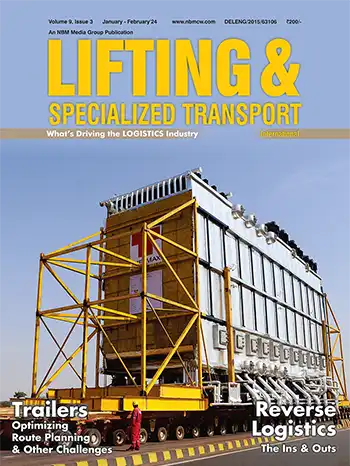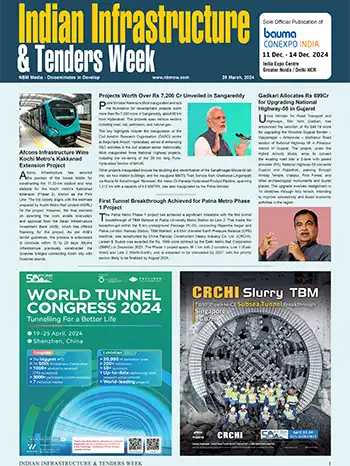Effect of Friction on Cable Profile Design of Prestressed Concrete Beams
Pradeep Purohit, Associate Professor, Department of Civil Engineering, SATI, Vidisha
Saleem Akhtar, Prof and Head, Department of Civil Engineering UIT (RGPV) Bhopal
K.K.Pathak, Professor, Civil and Environmental Engineering, NITTTR, Bhopal
Akhtar et.al (2008) carried FEA analysis of prestressed concrete beams using B-spline cable profile for non friction conditions. Brandt(1989) and Kirsch (1973,93) have carried out cable layout optimization using mathematical programming methods. Lin (1963) presented load balancing method for design and analysis of prestressed concrete structures using straight and parabolic tendon profile. Lounis et.al (1993) carried out multi objective optimization of prestressed concrete beam and bridge girder. Kuyucular (1991) obtained optimum cable profile of prestressed concrete slabs using elastic theory and finite element method. Pathak et.al (2004) presented analysis of prestress concrete beam considering different cable models. Utrilla et.al (1997) and Quiroga et.al (1991) obtained cable layout in bridge decks using linear and non-linear programming methods. Li et.al (2009) obtained equivalent load and loss of tendon force using cubic spline profile.
In the cable layout design it is necessary to estimate frictional prestress losses to find out optimum value of tendon-force required for design and to be applied at the time of prestressing, some of the prominent researches in this field are as follows:
Saleem Akhtar, Prof and Head, Department of Civil Engineering UIT (RGPV) Bhopal
K.K.Pathak, Professor, Civil and Environmental Engineering, NITTTR, Bhopal
Introduction
Cable layout design is an important task for the realistic design of prestressed concrete structures. Due to friction, effective prestress force along the span of beam decreases, hence cable layout design should be carried out considering the realistic forces. Some of the prominent reported work in the area of cable layout design are as follows.Akhtar et.al (2008) carried FEA analysis of prestressed concrete beams using B-spline cable profile for non friction conditions. Brandt(1989) and Kirsch (1973,93) have carried out cable layout optimization using mathematical programming methods. Lin (1963) presented load balancing method for design and analysis of prestressed concrete structures using straight and parabolic tendon profile. Lounis et.al (1993) carried out multi objective optimization of prestressed concrete beam and bridge girder. Kuyucular (1991) obtained optimum cable profile of prestressed concrete slabs using elastic theory and finite element method. Pathak et.al (2004) presented analysis of prestress concrete beam considering different cable models. Utrilla et.al (1997) and Quiroga et.al (1991) obtained cable layout in bridge decks using linear and non-linear programming methods. Li et.al (2009) obtained equivalent load and loss of tendon force using cubic spline profile.
In the cable layout design it is necessary to estimate frictional prestress losses to find out optimum value of tendon-force required for design and to be applied at the time of prestressing, some of the prominent researches in this field are as follows:
This is a premium article available exclusively for our subscribers.
If you are already a subscriber, please Login
If not, subscribe now and get access to well researched articles & reports on infrastructure construction, equipment & machinery, innovations & technology, project reports, case studies, and more. All this by simply paying just ₹200/- for a month of complete portal access, or a discounted rate of ₹1000/- for a full year of access.
NBM&CW April 2013














